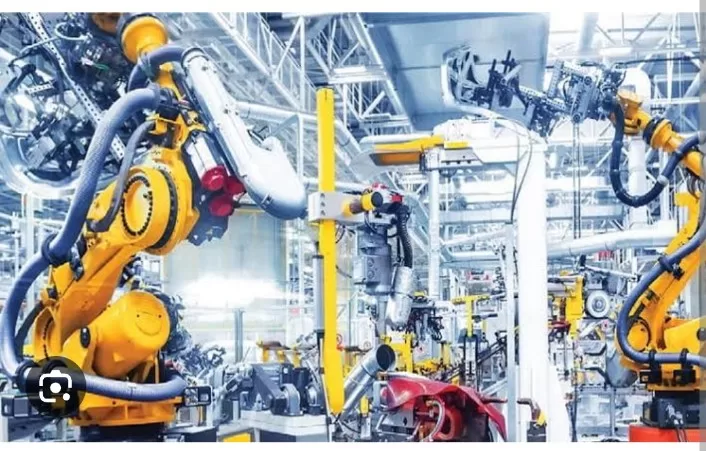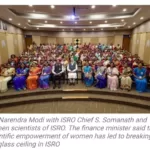In a concerted effort to invigorate the domestic manufacturing sector, the central government is contemplating the allocation of incentives amounting to over $2.2 billion. This substantial investment is earmarked for six emerging sectors, including chemicals, shipping containers, and inputs for vaccine production, according to sources cited by Reuters.
This initiative forms an integral part of India’s ambitious 1.97 trillion-rupee production-linked incentive scheme (PLI), initiated in 2020. Presently, the PLI program is primarily focused on 14 sectors, spanning electronic products to drone manufacturing. However, the success of this program has been more pronounced in select sectors.
With only a fraction of the PLI incentives utilized thus far, the government is contemplating the inclusion of additional sectors to effectively deploy unused funds. Government officials privy to the plan suggest that the limited disbursement of incentives under the program could yield significant savings, which could then be redirected toward emerging sectors.
As of now, no official statement from the government has been issued, and details of the plan remain undisclosed. Responses from the Ministry of Trade and Commerce have also been elusive.
The six prospective sectors poised for inclusion in the PLI scheme encompass toys, bicycles, leather, and footwear. These sectors are expected to share the 180-billion-rupee allocation apportioned from the scheme’s original budget.
The Production Linked Incentive scheme, a pivotal component of the central government’s ‘Make in India’ initiative, aims to bolster domestic production while catalyzing investment, particularly in the manufacturing sector. In the preceding fiscal year, incentives totaling nearly 29 billion rupees were disbursed. However, several sectors, including specialty steel products, solar modules, and automotive components, witnessed limited allocations, as per a government report obtained by Reuters.







